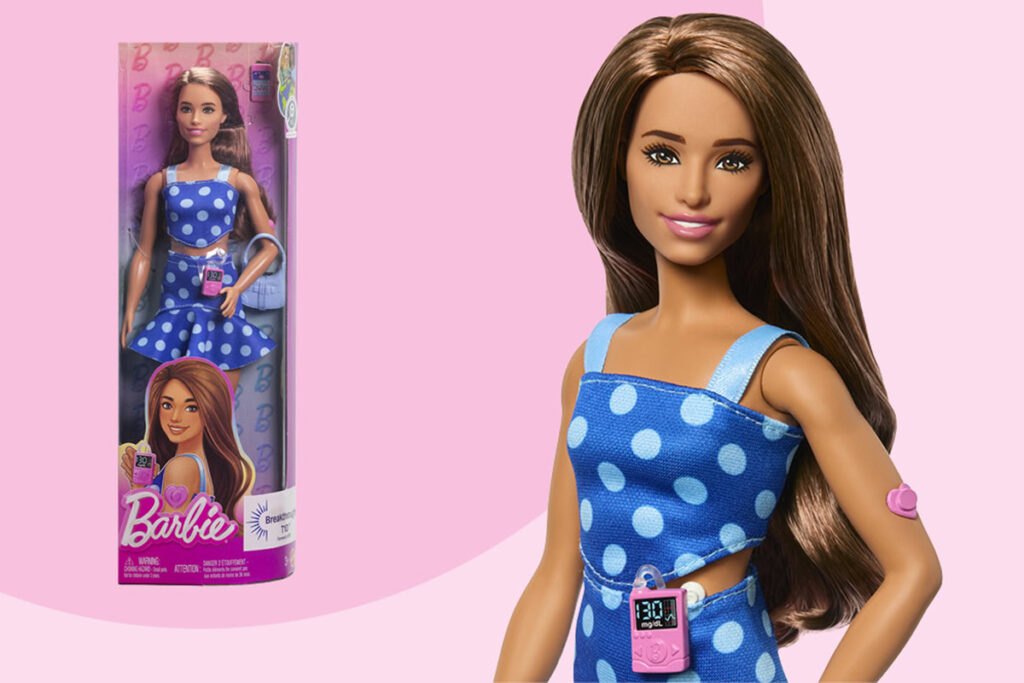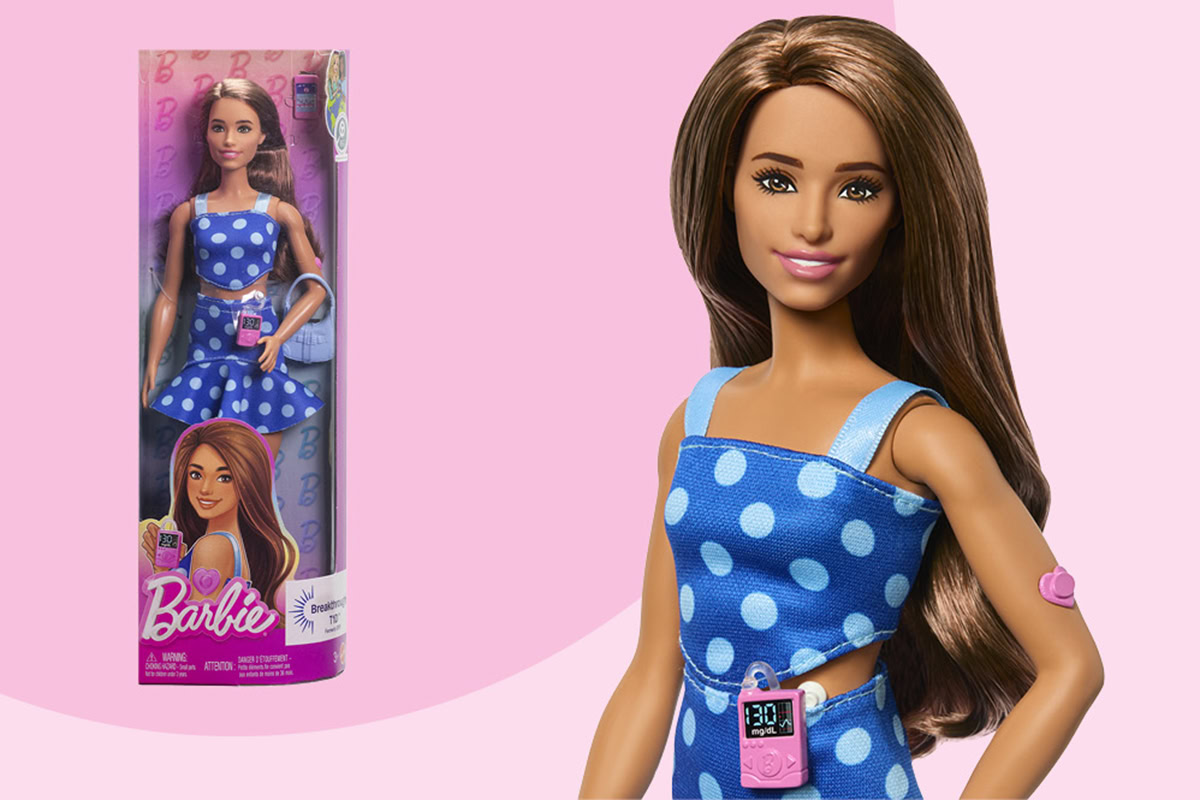Barbie has introduced its first doll with Type 1 diabetes, aiming to promote awareness, representation, and inclusivity for children with chronic conditions. Learn how this milestone is helping kids see themselves reflected in toys and sparking important conversations around health.

1. Introduction
Mattel, the company behind Barbie, has taken a powerful step toward inclusivity by launching the first-ever Barbie doll with Type 1 diabetes. This move comes as part of Barbie’s broader commitment to diversity and representation, ensuring children living with chronic health conditions can see themselves in their toys.
2. Barbie’s Legacy of Inclusion
Over the past decade, Barbie has evolved from a fashion icon into a symbol of representation. The brand has introduced dolls with different body types, skin tones, hair textures, and even dolls with disabilities—such as those with vitiligo, prosthetic limbs, or in wheelchairs. Now, with the addition of a doll with Type 1 diabetes, Barbie is helping normalize health diversity in the toy world.
3. Why Type 1 Diabetes Representation Matters
According to the Centers for Disease Control and Prevention (CDC), more than 200,000 children and adolescents in the U.S. live with Type 1 diabetes. Yet, mainstream toys rarely depict chronic illnesses. This lack of visibility can lead to feelings of isolation and difference among kids.
By introducing a Barbie with a diabetes monitor and insulin pump, Mattel is helping demystify the condition while empowering children who live with it.
4. Features of the New Barbie Doll
The Type 1 diabetes Barbie comes equipped with:
- A continuous glucose monitor (CGM) attached to her arm
- An insulin pump clipped to her waist
- Educational packaging explaining diabetes in child-friendly terms
- A variety of accessories, including food items and medical gear for realistic role play
The doll maintains Barbie’s signature look but includes these medical tools as part of her everyday lifestyle, helping normalize diabetes care.
5. Collaboration with Medical Experts
To ensure accuracy and sensitivity, Mattel worked closely with pediatric endocrinologists, diabetes educators, and families affected by Type 1 diabetes during the doll’s development. Their input was crucial in making the doll both realistic and educational.
This collaboration shows Mattel’s commitment not just to inclusion but to authenticity, an important factor when dealing with health-related topics.
6. Reception from Parents and Health Advocates
The response has been overwhelmingly positive. Parents of children with diabetes have shared emotional reactions, praising the doll for making their kids feel seen.
Organizations like JDRF (Juvenile Diabetes Research Foundation) and the American Diabetes Association have applauded the move, emphasizing the role of play in teaching and empowerment.
Social media is also abuzz with support, with hashtags like #DiabetesBarbie, #T1DRepresentation, and #InclusionMatters trending after the launch.
7. The Impact on Children with Diabetes
Representation in toys can significantly influence a child’s self-esteem and identity. For a child managing Type 1 diabetes daily—through finger pricks, insulin injections, and constant glucose monitoring—seeing a beloved character like Barbie doing the same can be both comforting and inspiring.
The doll also serves as a conversation starter, helping educate classmates and friends about the condition, fostering empathy, and reducing stigma.
8. Final Thoughts
Barbie’s introduction of a doll with Type 1 diabetes is a landmark moment in the world of children’s toys. It’s not just a plastic figure—it’s a symbol of understanding, support, and empowerment for children living with chronic conditions.
As Barbie continues to evolve, this new addition is a reminder that toys can reflect real life, spark important conversations, and help every child feel included and celebrated.

